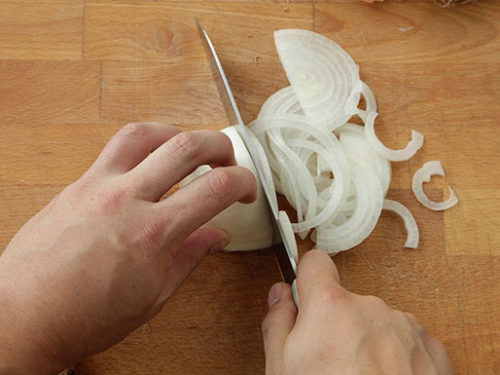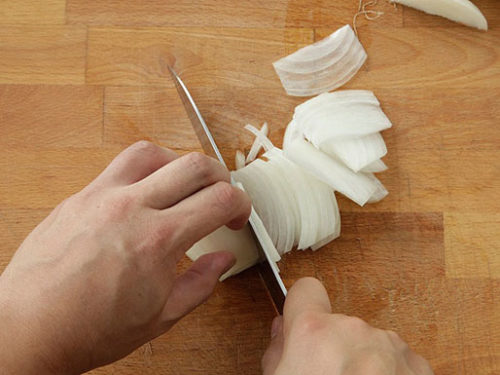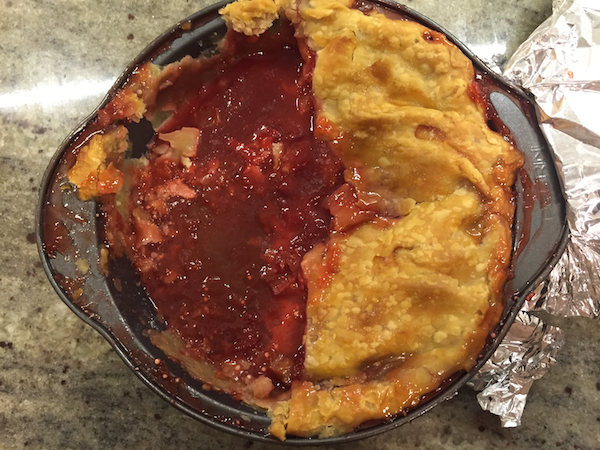While I’m a big fan of meat, Composite has increasingly picked up vegetarian and vegan clients, most of whom steer clear of meat (and, in the case of vegans, eggs and dairy) for moral reasons.
I won’t argue the moral grounds here (as others have already done so). But because people evolved to eat meat, it is important crucial for vegetarians and vegans to supplement their diets wisely, as it’s easy to run short on important nutrients and micro-nutrients found primarily or solely in meat and animal products.
Here’s a quick rundown of the most important ones, including why they matter, and how much to take:
Creatine
What is it?
Creatine is an organic acid that your cells use to make energy. It is perhaps the best-studied and most effective health supplement available. It improves everything from strength and power output, recovery from endurance exercise, muscle growth and bone healing to memory formation, attention span and problem-solving skills. Because we get creatine in our diets from meat, vegetarians and vegans tend to have lower levels than omnivores, and benefit even more from supplementation.
How to Take it
Take 5 grams with a meal, once a day. The best form is micronized creatine monohydrate, which is very safe and gentle on the stomach, and dissolves flavorously in liquid.
L-Carnitine
What is it?
L-Carnitine is an amino acid that’s found only in meat products. Your body needs it for cognition, fat metabolism and sports performance. Supplementing l-carnitine has also been shown to reduce both muscular and mental fatigue in vegetarians and vegans.
How to Take it
Take 500mg with carbohydrates, once a day. Acetyl-L-carnitine is very safe, and can pass through the blood-brain barrier, so it’s the form that provides the greatest cognitive benefits.             
Vitamin B12
What is it?
Many vegetarians and vegans already supplement B12, and for good reason. B12 is an essential vitamin, and deficiency causes nervous system damage, anemia, heart disease and pregnancy complications. While some vegan foods have been claimed previously as good sources of B12 (spirulina, dried nori, barley grass, other seaweeds, raw foods), research has shown them to be ineffective. All dietary sources of B12 are animal-based, so while vegetarians can sometimes get sufficient B12 from eggs and dairy, it is crucial for vegans to supplement B12.
How to Take it
Take at least 100mcg daily, and as much as 10,000 mcg. (High doses are not toxic, because the body will not absorb more than it needs.) Methylcobalamin is the best absorbed form, though people with kidney problems should speak with their doctor before supplementing B12.
Protein
What is it?
Dietary protein is an important macronutrient, a crucial building-block used throughout your body. Eating too little protein leads to muscle wasting, reduced immune function, increased irritability, and eventually shock and death. Most non-animal protein sources have low bioavailability, which means that your body actually absorbs and uses a much lower percentage of the protein that you ingest. Protein supplements can help vegetarians and vegans get sufficient amounts of protein, from the most bioavailable sources.
How to Take it
Aim to eat at least 0.8g of protein per pound of bodyweight, supplementing to cover the gap from what your diet provides. Vegetarians would do best with with whey protein isolate, which is made from milk. Vegans should consider combining pea protein and rice protein instead, which together provides a complete protein. Steer clear of soy proteins, which contain isoflavones, compounds that bind to your steroid receptors and have unwanted hormonal effects on your body.
Iodine
What is it?
Iodine is an essential mineral, important for a properly functioning thyroid. Additionally, for women who are or who plan on becoming pregnant, iodine is crucial for fetal and early childhood brain development. Most people get sufficient iodine from their diet. However, vegans who don’t regularly eat sea vegetables, and who use natural salts (like sea salt) or salt substitutes like miso, are often deficient.
How to Take it
Taking 325 of kelp is a good insurance policy for vegans who don’t otherwise consume it daily. People on blood pressure medications should consult a doctor before supplementing.
Omega-3
What is it?
Being healthy depends on a balance between two kinds of essential fatty acids, Omega-3 and Omega-6. A 1:1 ratio between them is associated with healthier blood vessels, a lower lipid count, reduced risk for plaque buildup, and decreased risk of diabetes, depression, rheumatoid arthritis and several forms of cancer, including breast cancer. Omega-3 fats are found primarily in fatty fish, and in small amounts in eggs, while Omega-6 fats are found in very high levels in most vegetable cooking oils. As a result, research has shown that most vegans and vegetarians (like much of the omnivore population), have wildly unbalanced Omega-3 to Omega-6 ratios.
How to Take it
Taking 200-300mg of DHA from algae, while favoring oils lower in Omega-6 (like olive oil, avocado oil or coconut oil), is usually sufficient to bring the balance of fats back in line.



